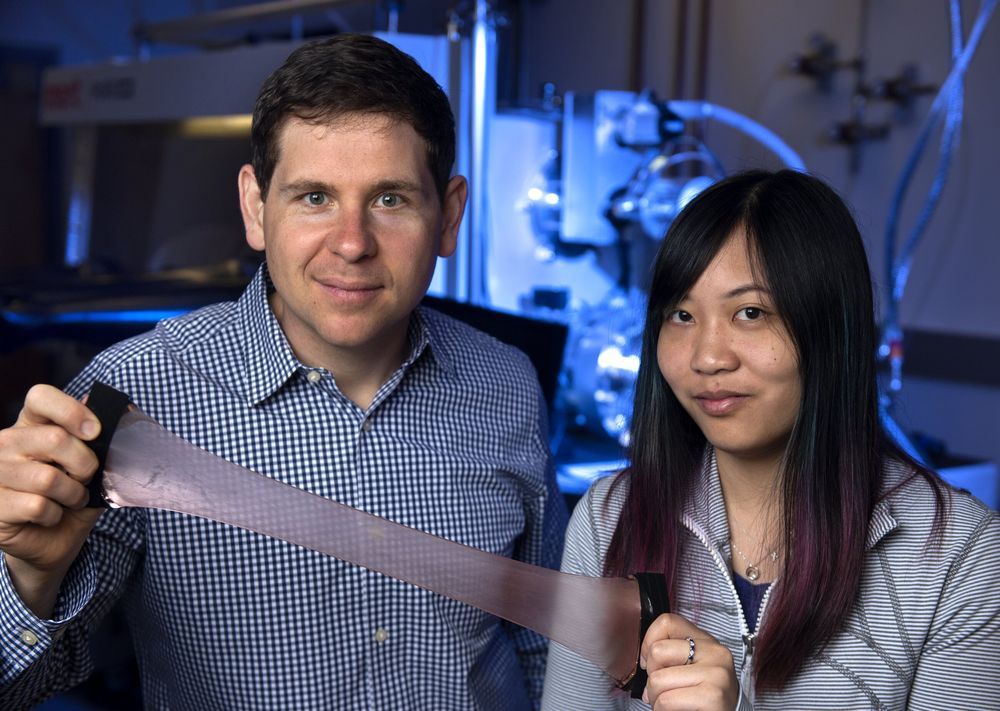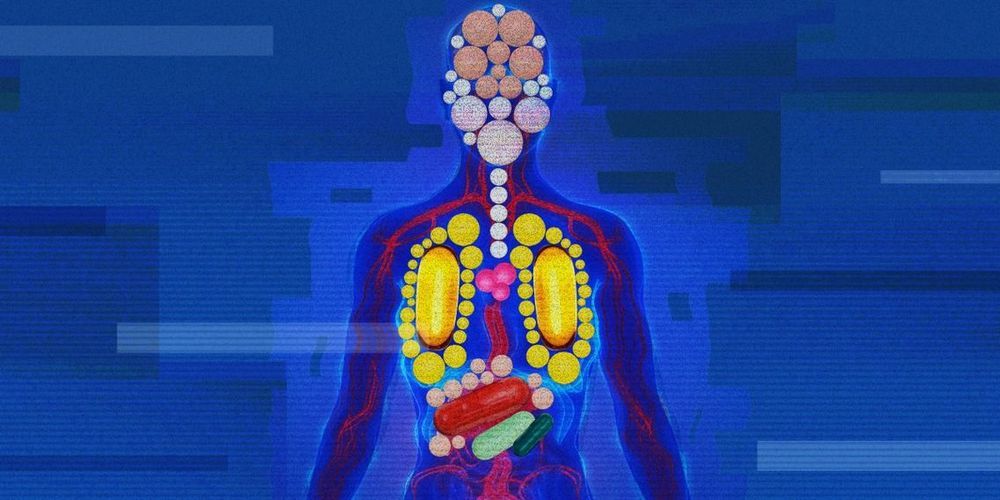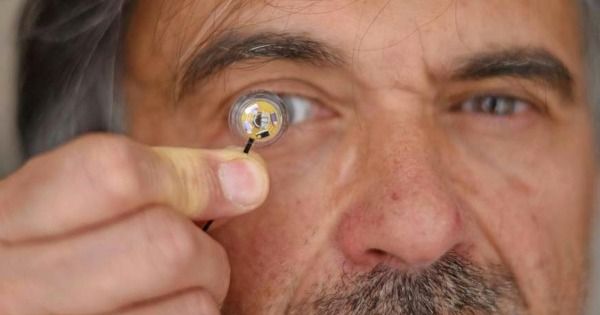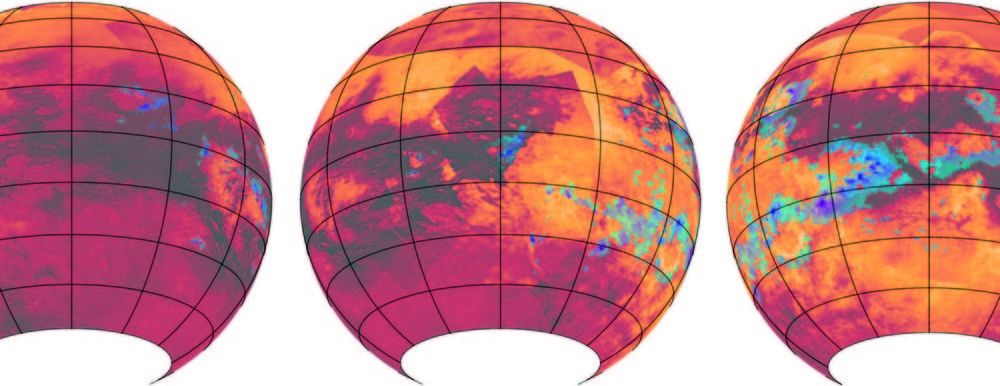“Smart” contact lenses sound like something from a sci fi movie — but they’re real, and they could help troops in the field.
French engineering school IMT Atlantique revealed what it calls “the first stand-alone contact lens with a flexible micro battery” earlier this month.
And, notably, it caught the attention of the U.S. military’s attention: the Defense Advanced Research Projects Agency (DARPA) is reportedly interested in the contact lens to augment troops’ visual capabilities in the field, according to Task and Purpose — meaning the gadget could represent the augmented contact lens that DARPA has spent a decade searching for.
Weird Flex
The biggest challenge that IMT Atlantique engineers encountered was to scale down the battery. But thanks to a newly developed flexible micro battery, they found a way to continuously light an LED light source for “several hours,” according to a press release.
Read more










